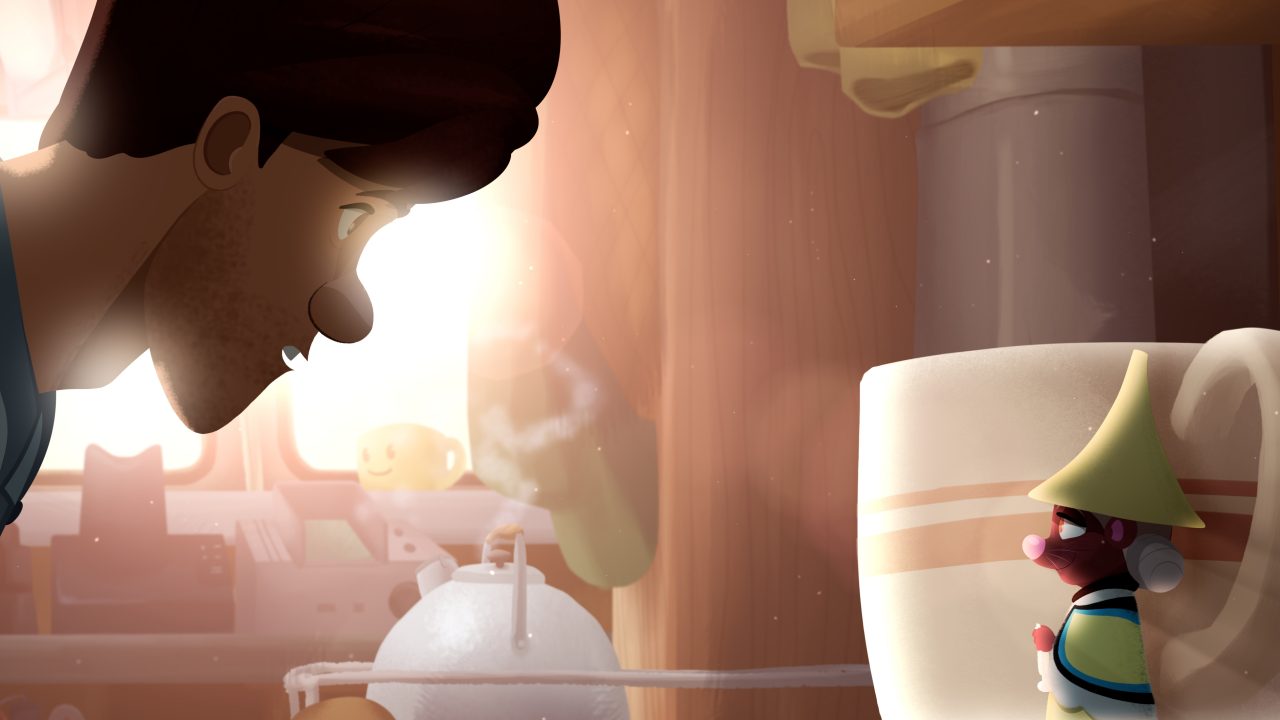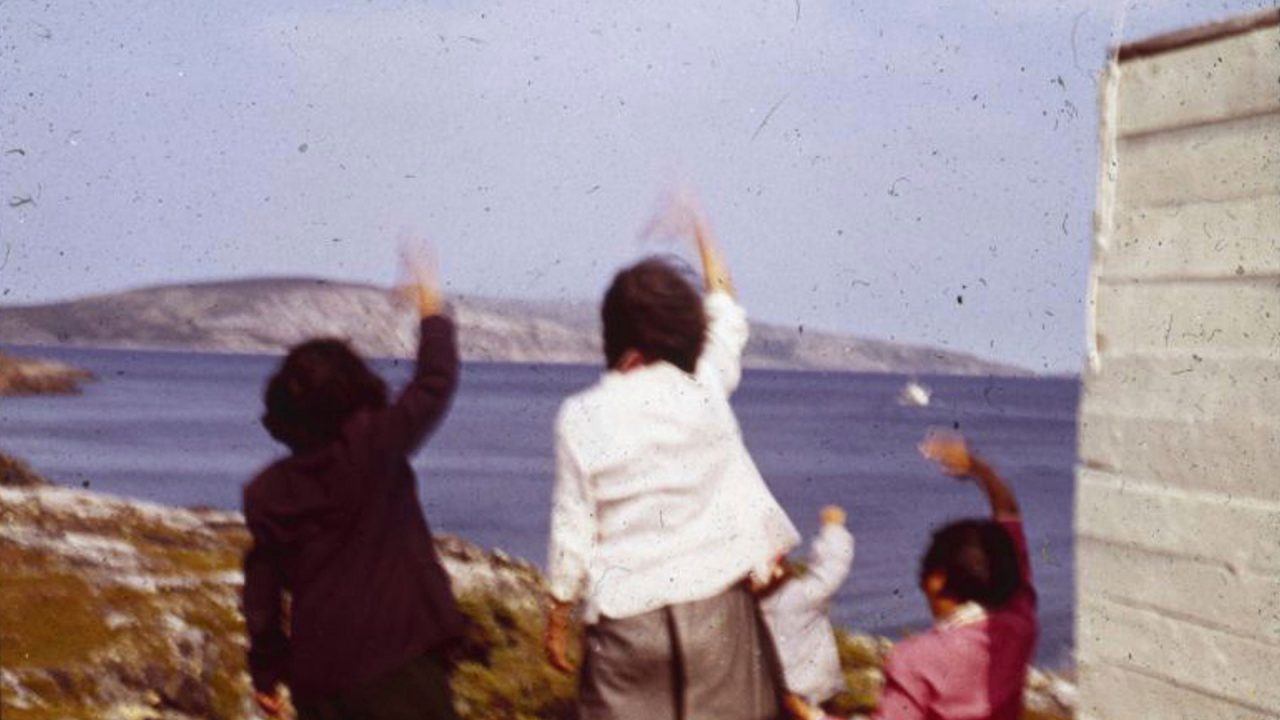
Mini-Lesson for The Mountain of SGaana
Mini-Lesson for The Mountain of SGaana
Mini-Lesson for The Mountain of SGaana
Themes: Connecting Story to Place
Ages: 9–11
The Mountain of SGaana, Christopher Auchter, provided by the National Film Board of Canada
Keywords/Topics: Storytelling, oral tradition, Haida, Haida Gwaii, biodiversity, gender roles
Guiding Question: How is place and culture reflected in storytelling?
Summary: The Mountain of SGaana is a visually stunning short film. Haida director Christopher Auchter blends traditional animation with Haida art forms to tell the story of a young woman who dives into the spirit world to rescue a young man. The film can be watched many times; with each viewing you may notice something you hadn’t seen before, offering possibilities for engaging activities.
About the Haida
The Haida are an Indigenous people whose island territories lie off the West Coast of Canada and in the southern regions of Alaska. The modern name for the archipelago is Haida Gwaii, which is best translated as “people’s island.” There was a time when the islands were called Xaadlaa gwaayee, meaning “coming out of concealment,” appropriately named for its location in the world’s largest remaining temperate rainforest. Haida Gwaii was formerly named the Queen Charlotte Islands, after the ship of a British explorer who landed there in 1787. The lands of the Haida Nation were re-named in 2009.
Activity 1) Making Connections
The blanket that Mouse Woman is knitting in the film resembles a Chilkat blanket, a ceremonial robe used only on special occasions. These blankets were woven from mountain-goat wool spun over a cedar string. It takes three to four months to prep the wool and can take years to finish the robe. The designs have meaning and connections to oral tradition, like a historical document.
Student reflection:
How do the designs on the blanket change throughout the film?? What are the connections between the design and the actions of the characters in the story?
Discuss as a class or in small groups.
Go Deeper
Northwest Coast formline design is used in the blanket weaving and in some of the framing in the film. Examples of formline framing can be found at 2:06, 2:40–3:07, 3:14 (otter), 4:51, 8:41, and 9:02.
What are some connections between Northwest formline designs and the filmmaking process (e.g., storyboards, visuals that tell a story)?
Research Haida author Michael Nicoll Yahgulanaas and how he uses formline in his Haida manga series.
Learn more about Chilkat weaving from Tlingit weaver Lily Hope.
Activity 2) Think-Pair-Share
Have students partner up for the following, then pick a few students to share their thoughts with the whole class:
How do you know what is happening between characters when there is no dialogue (talking between characters)?
Write dialogue for the scene in this clip. Give the characters names. What do you think the characters would say to each other and why?
Go Deeper
Who is telling this story? Ask students to research the director and where he comes from.
Why is it important to know who is telling the story and where the story comes from?
Activity 3) Classroom Activity: Connecting to Place
Explore the animal imagery in the film. How can we make connections between the film and the biodiversity of Haida Gwaii?
Have students draw one of the animals that they saw in the film (listed below), then ask them to share their picture with the class. If students draw the same animal, have them team up to research three facts about their shared animal.
- Halibut
- Killer whale (orca)
- Otter
- Hummingbird
- Ermine
- Jellyfish
- Mouse
Go Deeper
Have students research what their animals symbolize in Haida culture and compare what they find with the facts they discovered about their animal.
Noelle Pepin is the Indigenous Education Resource Teacher who works to implement culturally responsive curriculum and learning experience in accordance with the Indigenous Education mandate and Local Education Agreements. She works throughout School District 57 in Prince George, British Columbia, in direct collaboration with district staff, educational partners and Indigenous rights holders to ensure authentic infusion of Indigenous content and pedagogies in curriculum, assessments, teaching and learning resources/materials and learning environments. She is a seasoned presenter and content writer for the NFB’s Educator Network.
Pour lire cet article en français, cliquez ici.
Discover more Mini-Lessons | Watch educational films on NFB Education | Watch educational playlists on NFB Education | Follow NFB Education on Facebook | Follow NFB Education on Pinterest | Subscribe to the NFB Education Newsletter



